Home>Gardening & Outdoor>Plant Care & Gardening Tips>How Many Wildflower Seeds Per Acre
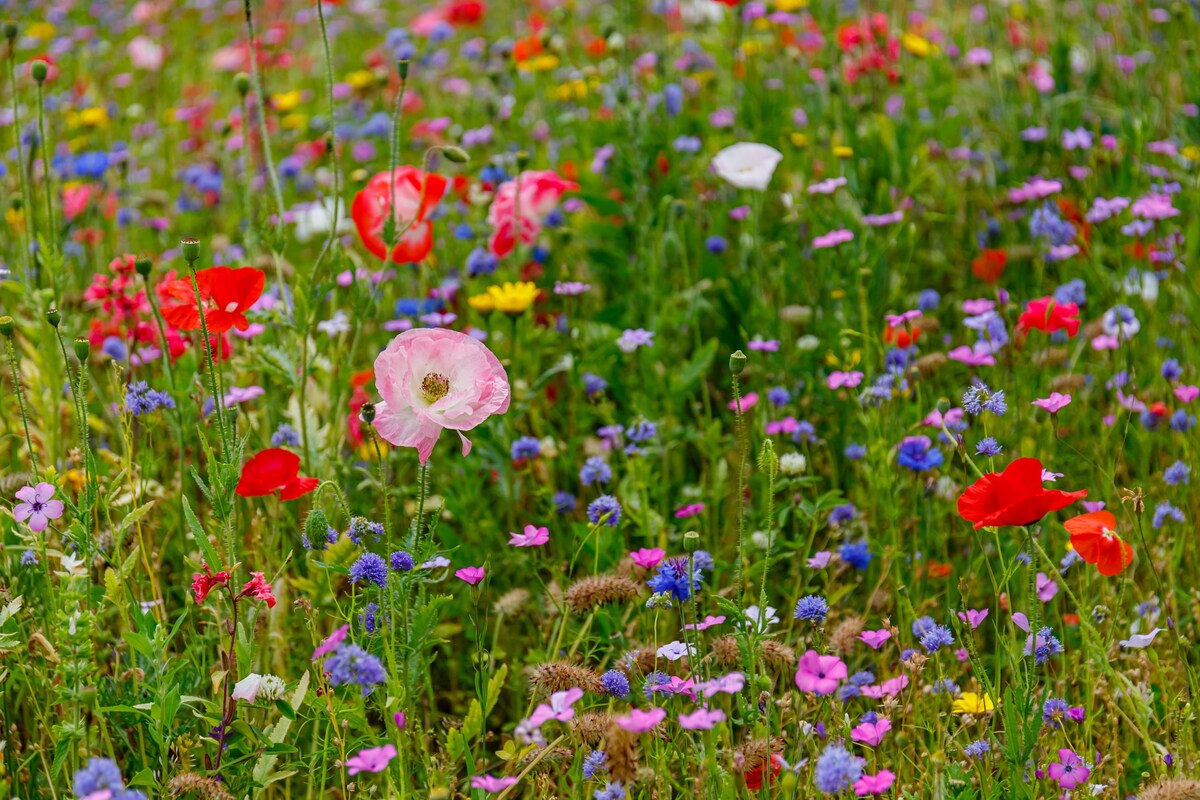

Plant Care & Gardening Tips
How Many Wildflower Seeds Per Acre
Modified: March 24, 2024
Learn how to calculate the number of wildflower seeds needed per acre for a vibrant garden. Get expert plant care and gardening tips for successful wildflower planting.
(Many of the links in this article redirect to a specific reviewed product. Your purchase of these products through affiliate links helps to generate commission for Storables.com, at no extra cost. Learn more)
Introduction
Welcome to the wonderful world of wildflowers! Planting wildflowers can add a burst of natural beauty to any landscape, whether it’s a small backyard or a vast acreage. But how many wildflower seeds should you sow per acre to achieve that breathtaking meadow-like effect? This question often perplexes gardeners and landowners, but fear not – we’re here to demystify the process.
When it comes to wildflower planting, there are several factors to consider, such as the type of wildflowers, soil conditions, and the desired outcome. Understanding these factors is crucial in determining the appropriate seed density for your wildflower planting project. In this article, we’ll delve into the key considerations and provide guidance on calculating the ideal seed density for your acreage. Whether you’re aiming for a vibrant display of color or a haven for pollinators, we’ll help you navigate the intricacies of wildflower seeding to achieve your vision.
So, grab your gardening gloves and let’s embark on a journey to uncover the secrets of wildflower seeding!
Key Takeaways:
- Planting wildflowers requires considering factors like species, soil, climate, and maintenance. Tailoring seed density calculations to these factors ensures a successful and visually captivating wildflower display.
- Recommended seed densities for common wildflowers, like Black-Eyed Susan and Purple Coneflower, provide valuable starting points for planning your wildflower planting project. Consulting local experts can help fine-tune your seed density calculations for optimal results.
Read more: How Many Seeds Per Acre For Corn
Factors to Consider
Before scattering wildflower seeds across your acreage, it’s essential to consider various factors that can significantly impact the success of your planting endeavor.
- Wildflower Species: Different wildflower species have varying growth habits and space requirements. Some species spread prolifically, while others remain more contained. Understanding the growth habits of the wildflowers you intend to plant is crucial in determining the appropriate seed density.
- Soil Type and Quality: The composition and quality of the soil play a pivotal role in the establishment of wildflowers. Factors such as soil fertility, drainage, and pH levels can influence seed germination and subsequent growth. Assessing your soil’s characteristics will guide you in selecting wildflower species that are well-suited to the prevailing conditions.
- Desired Aesthetic and Functionality: Consider the visual impact you wish to achieve with your wildflower planting. Are you aiming for a dense, colorful display, or do you prefer a more naturalistic, scattered appearance? Additionally, if your goal is to support pollinators and wildlife, selecting a diverse range of wildflowers with staggered blooming periods is crucial.
- Local Climate and Environmental Conditions: Understanding the climate and environmental conditions of your region is vital in selecting wildflowers that are adapted to thrive in your area. Factors such as temperature, rainfall patterns, and sunlight exposure will influence the success of your wildflower planting.
- Maintenance and Long-Term Management: Consider the level of maintenance you are willing to commit to your wildflower meadow. Some wildflowers may require regular management to prevent them from dominating the planting area, while others are more self-sustaining once established.
By carefully considering these factors, you can make informed decisions regarding the selection of wildflower species and the appropriate seed density for your acreage. Understanding the unique interplay of these elements will set the stage for a successful and visually captivating wildflower display.
Calculating Seed Density
Calculating the seed density for your wildflower planting involves a blend of art and science. While there are general guidelines, the ideal seed density can vary based on the specific wildflower species, your aesthetic preferences, and the environmental conditions of your planting site. Here’s a simplified approach to help you calculate the seed density for your acreage:
- Determine the Desired Coverage: Start by envisioning the level of coverage you want to achieve. If you’re aiming for a lush, dense meadow, you’ll require a higher seed density compared to a more naturalistic, scattered appearance. Visualizing the desired outcome will guide your seed density calculations.
- Consult Seed Supplier Recommendations: Many reputable wildflower seed suppliers provide recommended seeding rates for various species and planting scenarios. These guidelines are valuable starting points and can offer insights into the typical seed density required for successful establishment.
- Consider Seed Viability and Purity: Take into account the germination rate and purity of the wildflower seeds you intend to use. Higher-quality seeds with excellent germination rates may necessitate lower seed densities to achieve the desired coverage, while lower-quality seeds may require higher densities to compensate for lower germination rates.
- Account for Site Conditions: Evaluate the environmental conditions of your planting site, including soil fertility, moisture levels, and sunlight exposure. Sites with favorable conditions may support lower seed densities, while less hospitable environments might require higher densities to ensure successful establishment.
- Adjust for Specific Species: Certain wildflower species have distinct growth habits and space requirements. For example, smaller, delicate wildflowers may benefit from higher seed densities to create a visually impactful display, while larger, more robust species might require lower densities to prevent overcrowding.
By considering these factors and taking a tailored approach to seed density calculation, you can optimize the chances of establishing a thriving and visually stunning wildflower display on your acreage. Remember that flexibility is key, and adjustments to seed density may be necessary based on real-time observations and the evolving conditions of your planting site.
For a diverse wildflower meadow, aim for 10-20 lbs of seeds per acre. For a more focused planting, use 5-10 lbs per acre. Adjust based on seed mix and site conditions.
Recommended Seed Density for Common Wildflowers
When it comes to sowing wildflower seeds, having a clear understanding of the recommended seed density for common wildflower species can serve as a valuable reference point. While specific requirements may vary based on regional climate and soil conditions, the following general guidelines can offer insights into the typical seed densities for popular wildflower species:
- Black-Eyed Susan (Rudbeckia hirta): For a vibrant display, aim to sow approximately 8-10 pounds of black-eyed Susan seeds per acre. This species thrives in full sun and well-drained soil, making it a resilient and visually striking addition to wildflower plantings.
- Purple Coneflower (Echinacea purpurea): To establish a captivating stand of purple coneflowers, consider sowing 6-8 pounds of seeds per acre. This resilient and pollinator-friendly species adds a pop of color to meadows and prairie landscapes.
- California Poppy (Eschscholzia californica): Known for its vibrant orange blooms, the California poppy thrives in sunny, arid environments. Sow approximately 5-7 pounds of seeds per acre to create a stunning display of these iconic wildflowers.
- Blanketflower (Gaillardia pulchella): With its bold, red-and-yellow blooms, the blanketflower adds a burst of color to wildflower plantings. Sow 8-10 pounds of seeds per acre to establish a visually dynamic stand of this resilient and eye-catching species.
- Lanceleaf Coreopsis (Coreopsis lanceolata): For a charming display of golden-yellow blooms, consider sowing 8-10 pounds of lanceleaf coreopsis seeds per acre. This species thrives in well-drained soils and is a delightful addition to meadows and open landscapes.
These recommended seed densities provide a starting point for planning your wildflower planting project. However, it’s important to note that variations in soil conditions, climate, and specific wildflower cultivars can influence the ideal seed density for your acreage. Consulting with local horticultural experts or native plant nurseries can offer valuable insights tailored to your region, helping you fine-tune your seed density calculations for optimal results.
Conclusion
Embarking on a wildflower planting project is an exciting endeavor that offers the opportunity to transform landscapes into vibrant, ecologically diverse havens. By considering the unique factors that influence seed density and taking a tailored approach to calculation, you can set the stage for a successful and visually captivating wildflower display on your acreage.
Remember that the art of wildflower seeding involves an element of experimentation and adaptation. While recommended seed densities provide valuable starting points, observing the real-time performance of your wildflower planting and making adjustments based on the evolving conditions of your site is crucial for achieving the desired outcome.
Whether you’re aiming to create a kaleidoscope of colors, support pollinators, or restore native plant communities, the careful consideration of wildflower species, environmental conditions, and aesthetic preferences will guide your seed density calculations towards a stunning and sustainable wildflower display.
So, as you venture into the realm of wildflower seeding, embrace the artistry and science of this horticultural pursuit. With each seed sown, you contribute to the tapestry of natural beauty, enriching the landscape and nurturing the intricate web of life that thrives within wildflower meadows.
May your wildflower planting journey be filled with discovery, wonder, and the joy of witnessing nature’s splendor unfold across your acreage.
Frequently Asked Questions about How Many Wildflower Seeds Per Acre
Was this page helpful?
At Storables.com, we guarantee accurate and reliable information. Our content, validated by Expert Board Contributors, is crafted following stringent Editorial Policies. We're committed to providing you with well-researched, expert-backed insights for all your informational needs.
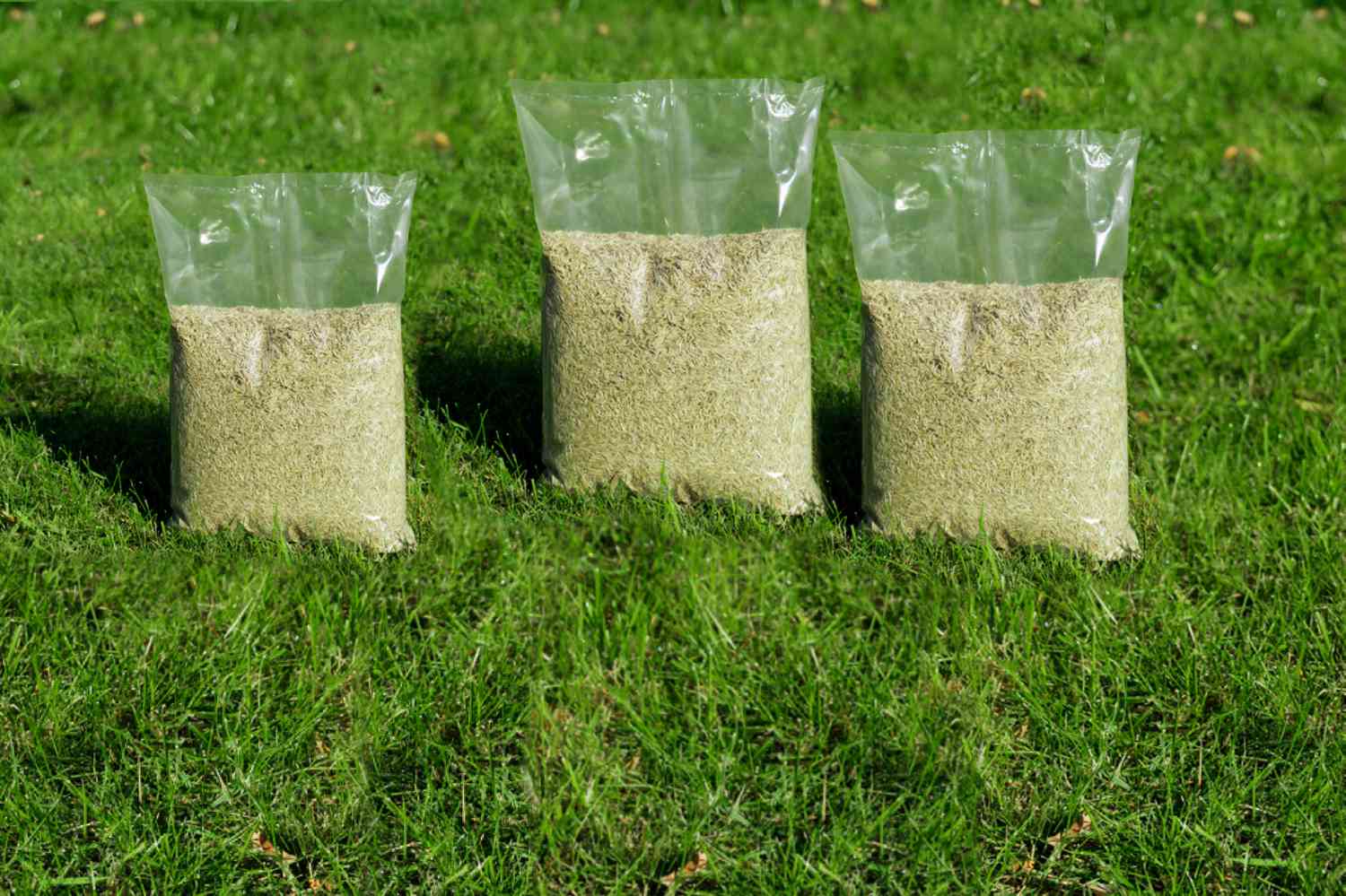
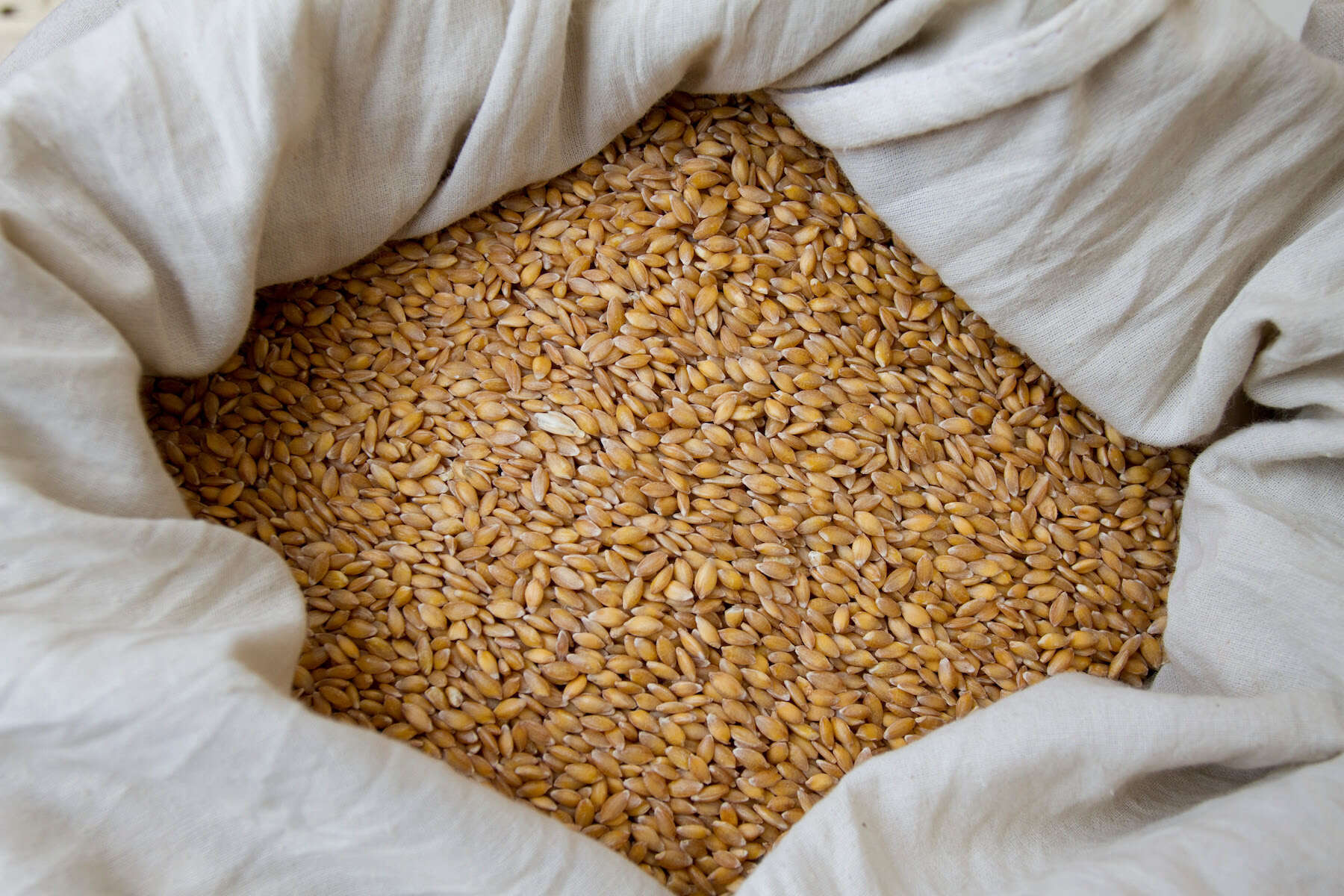
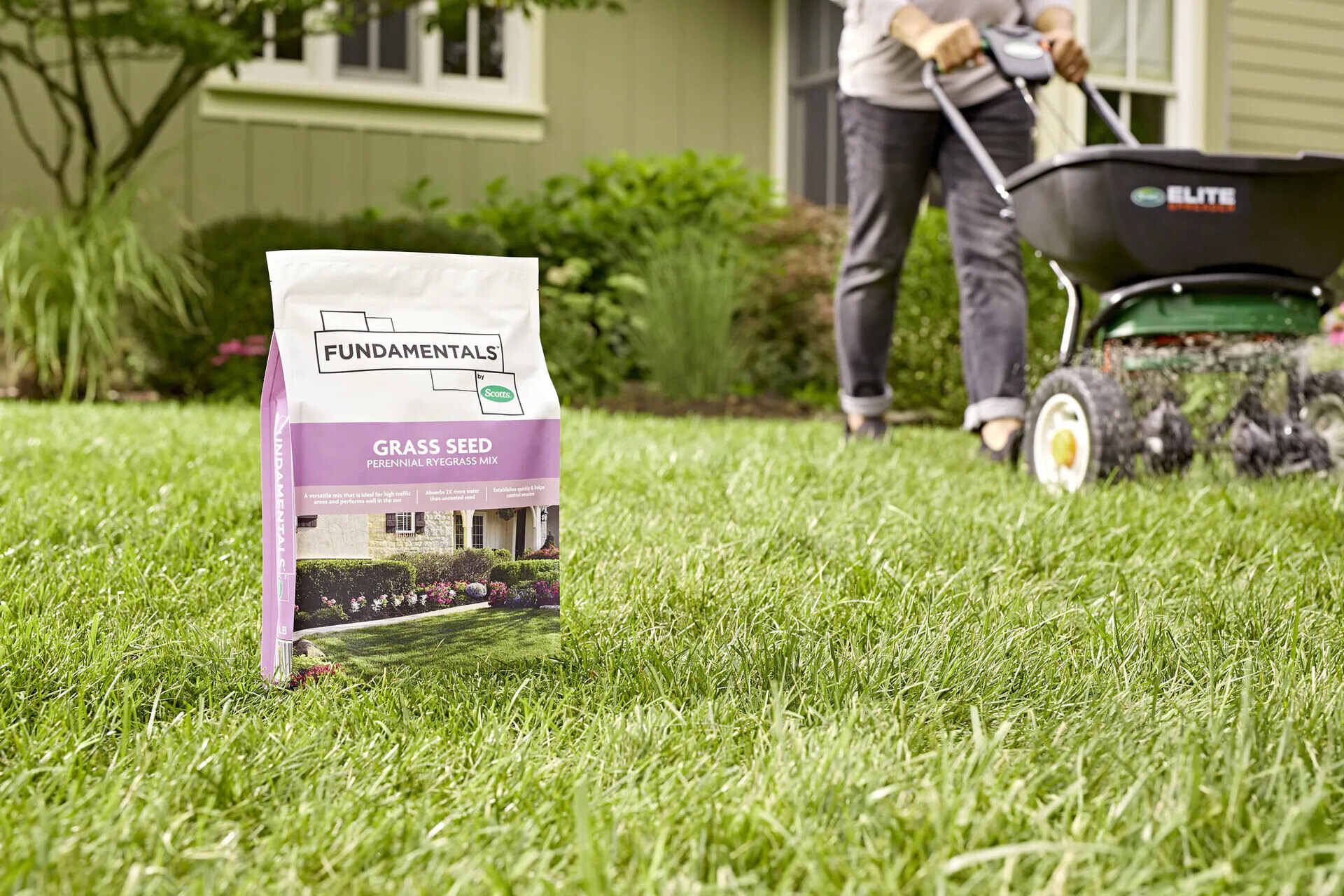

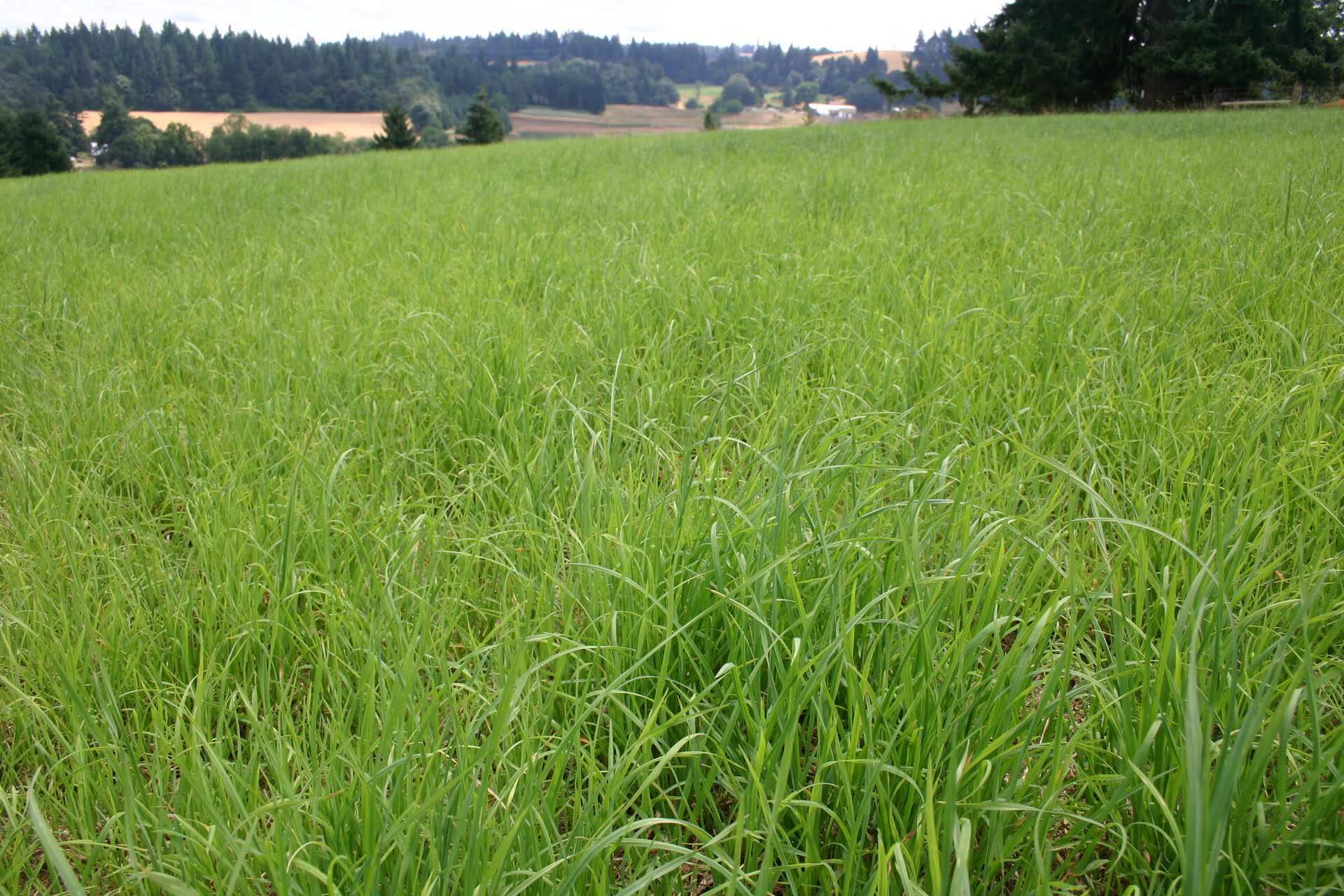
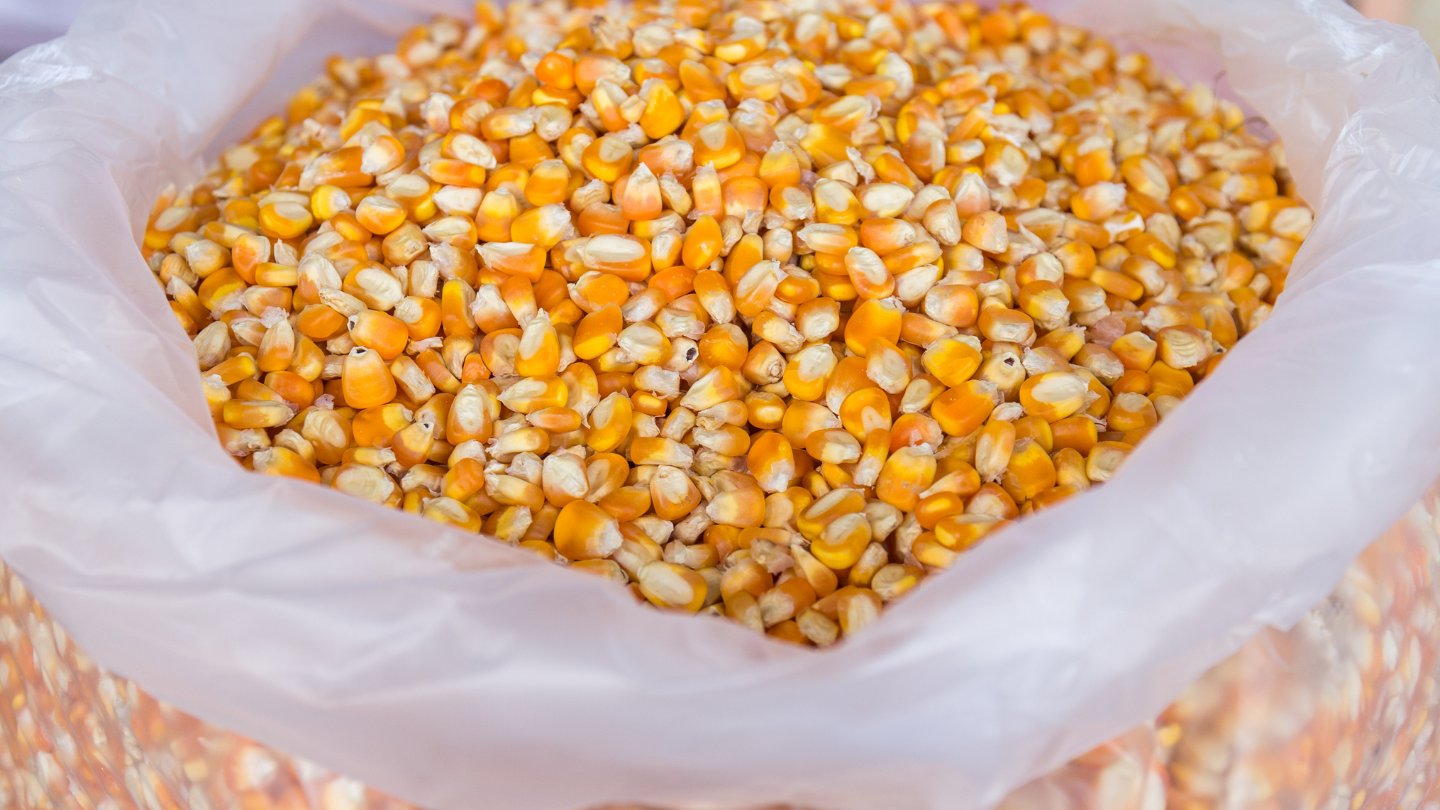
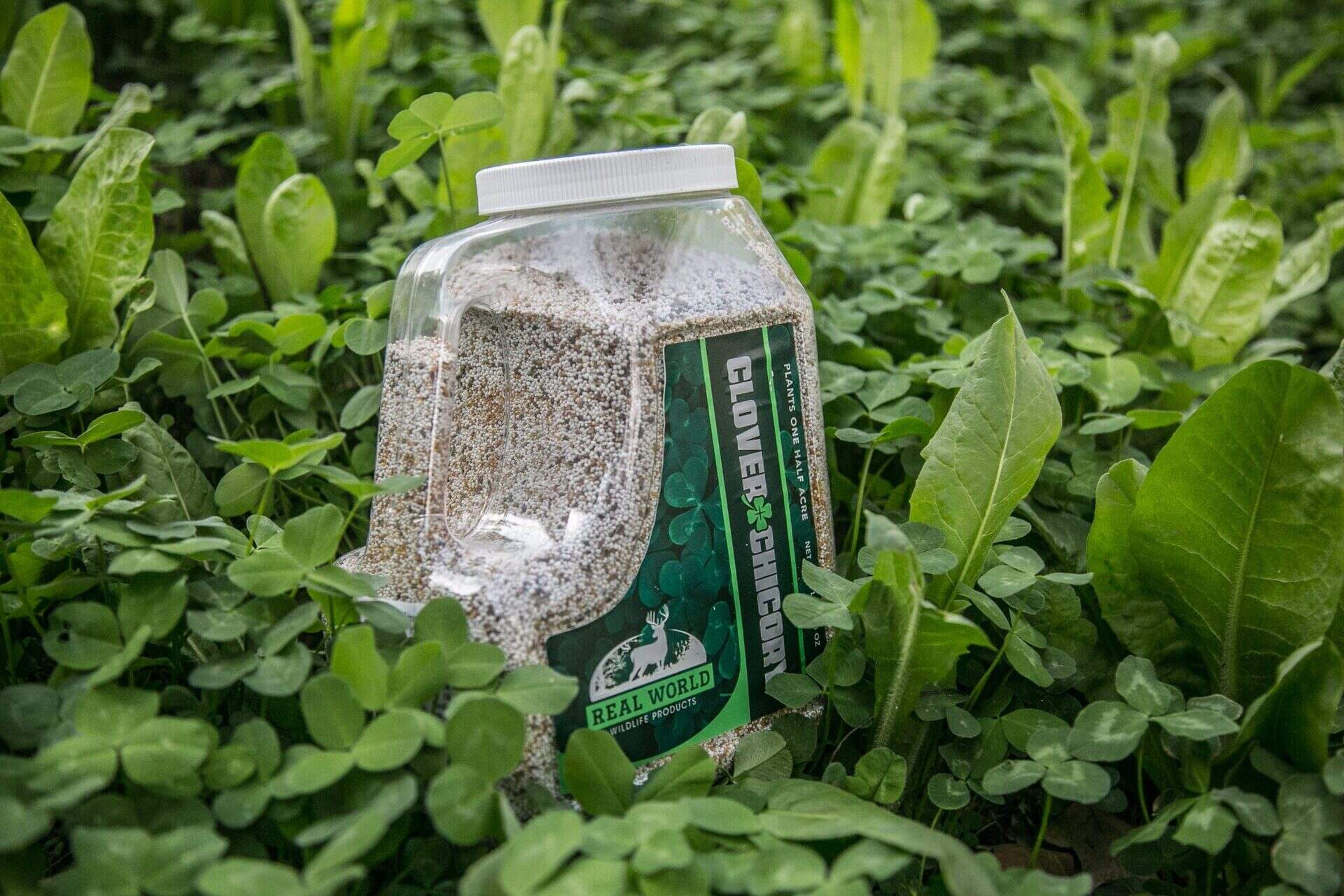
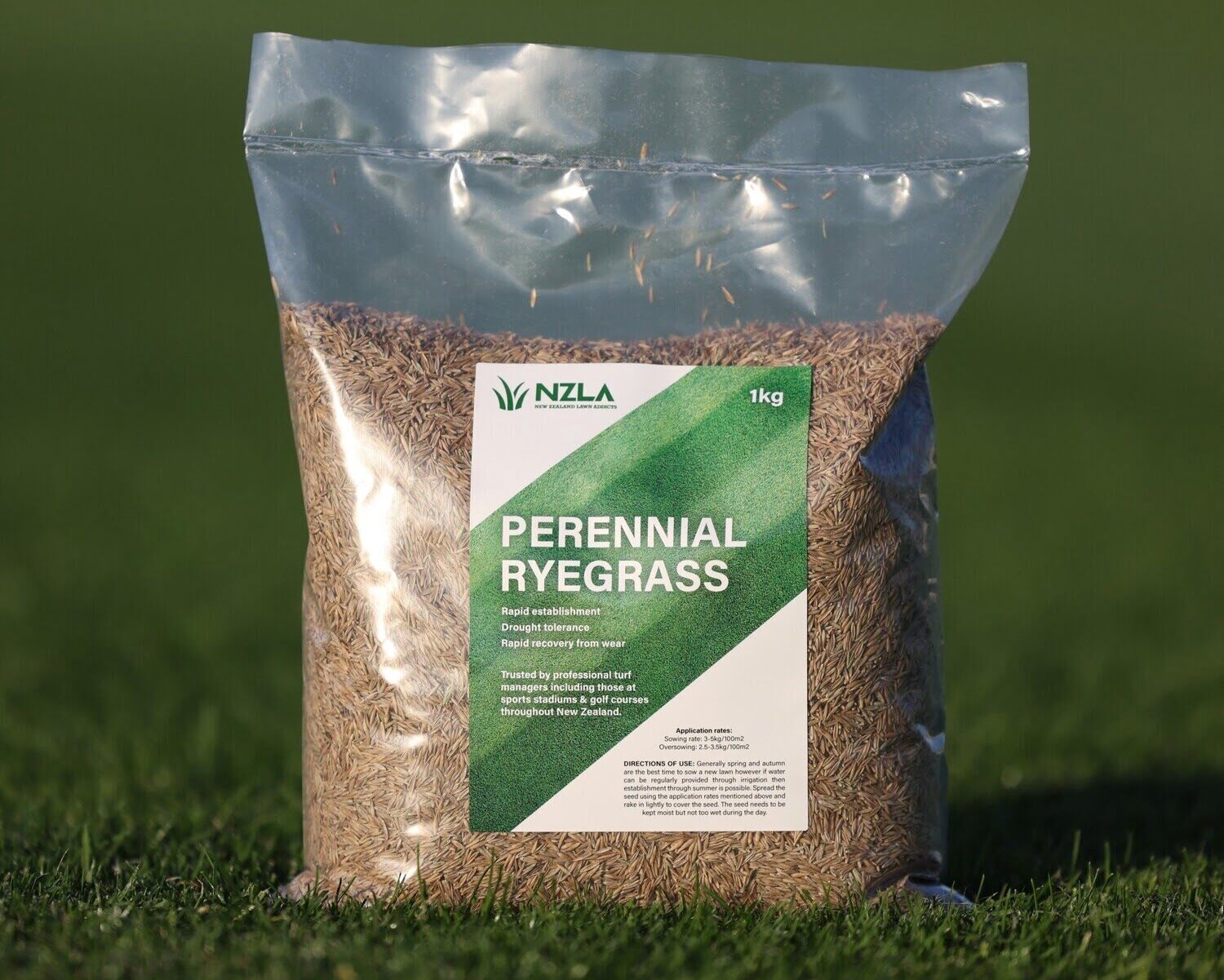
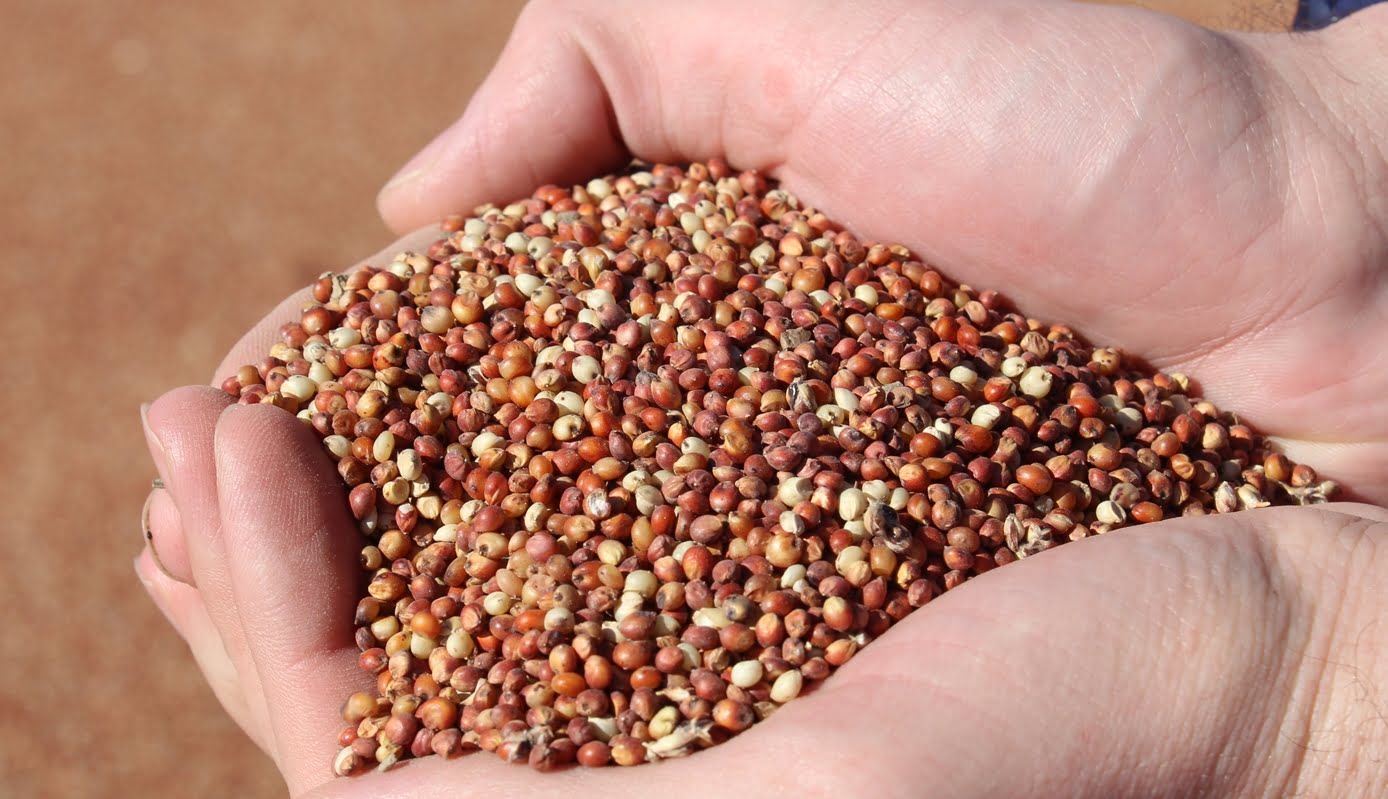
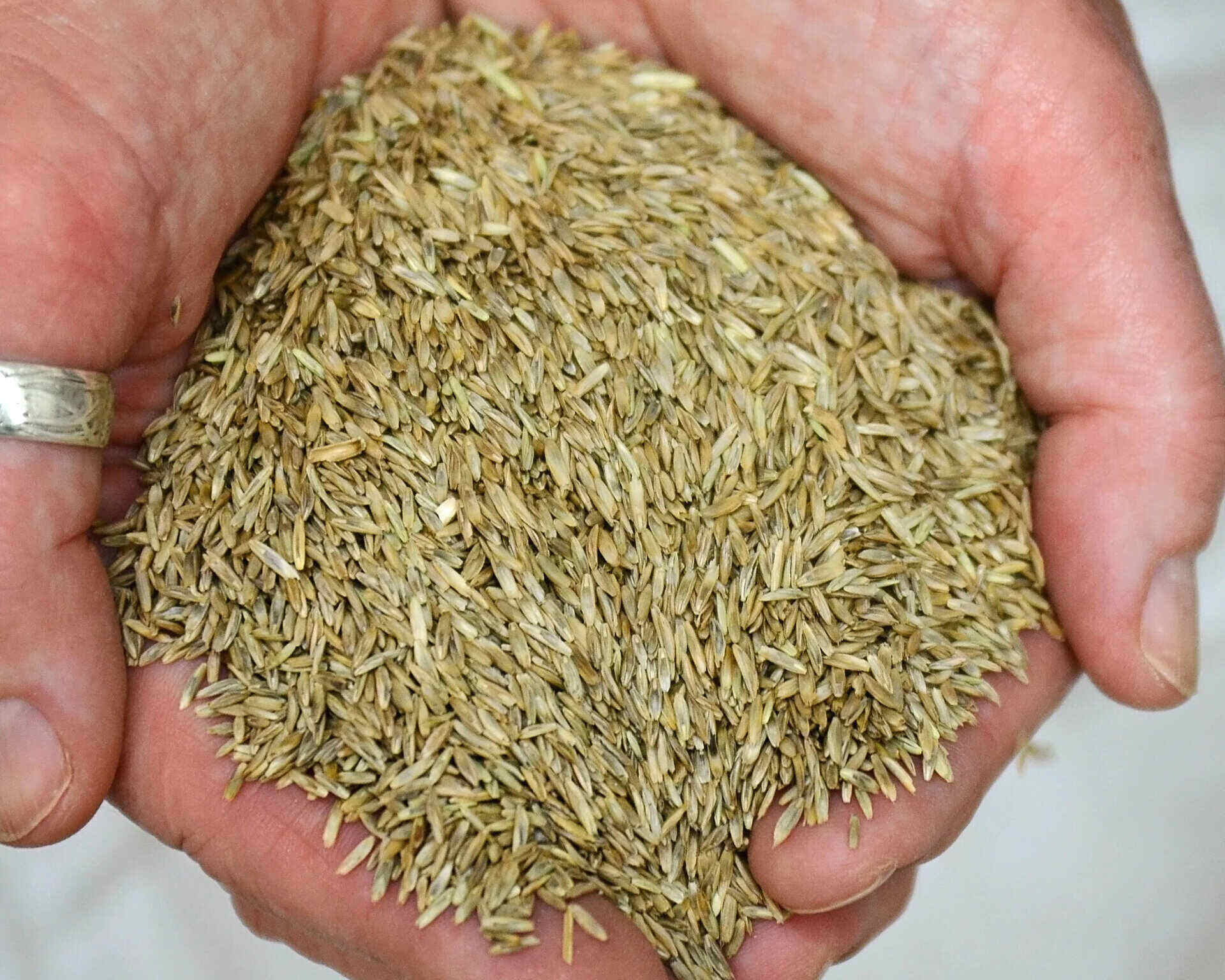
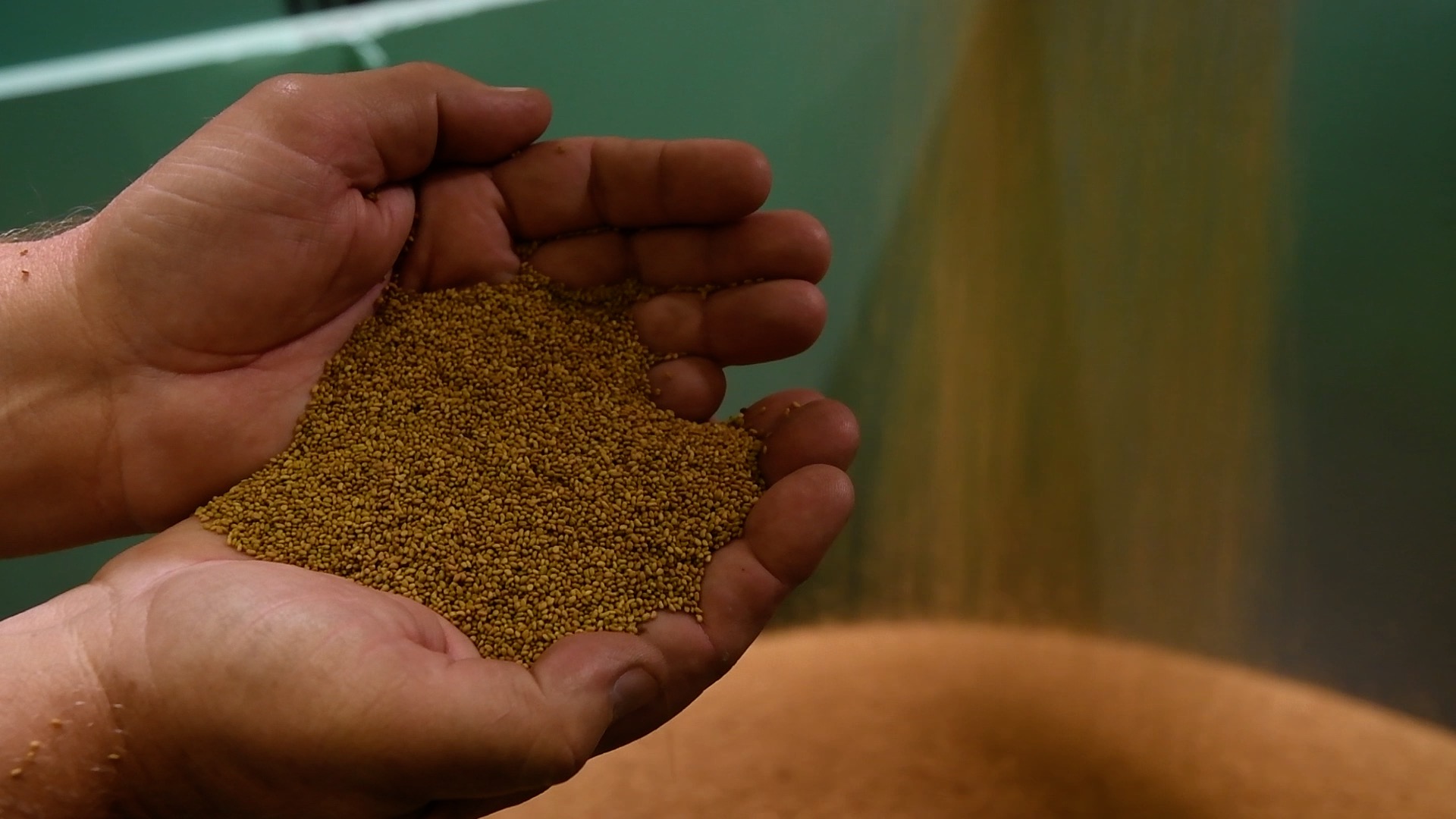
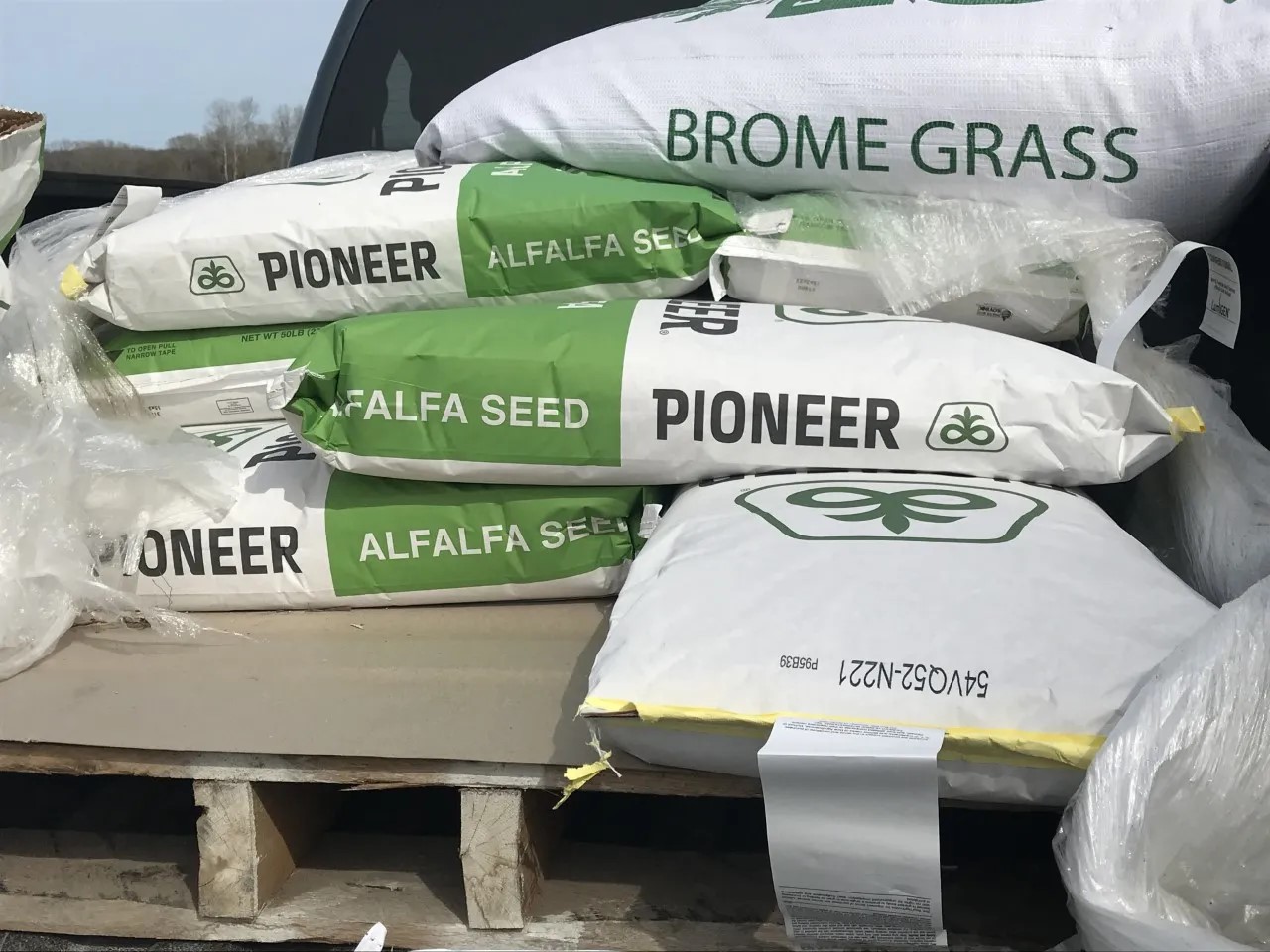
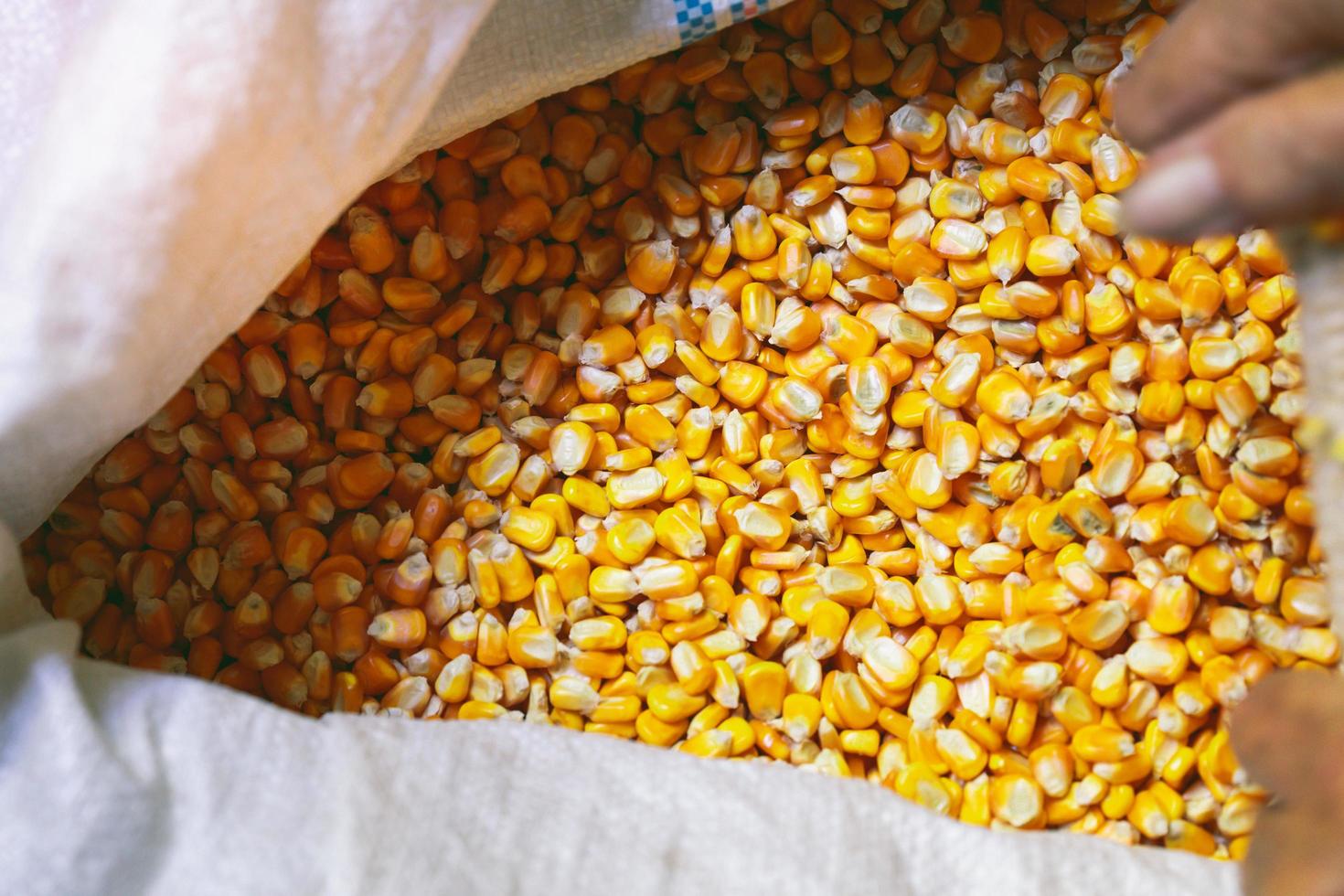
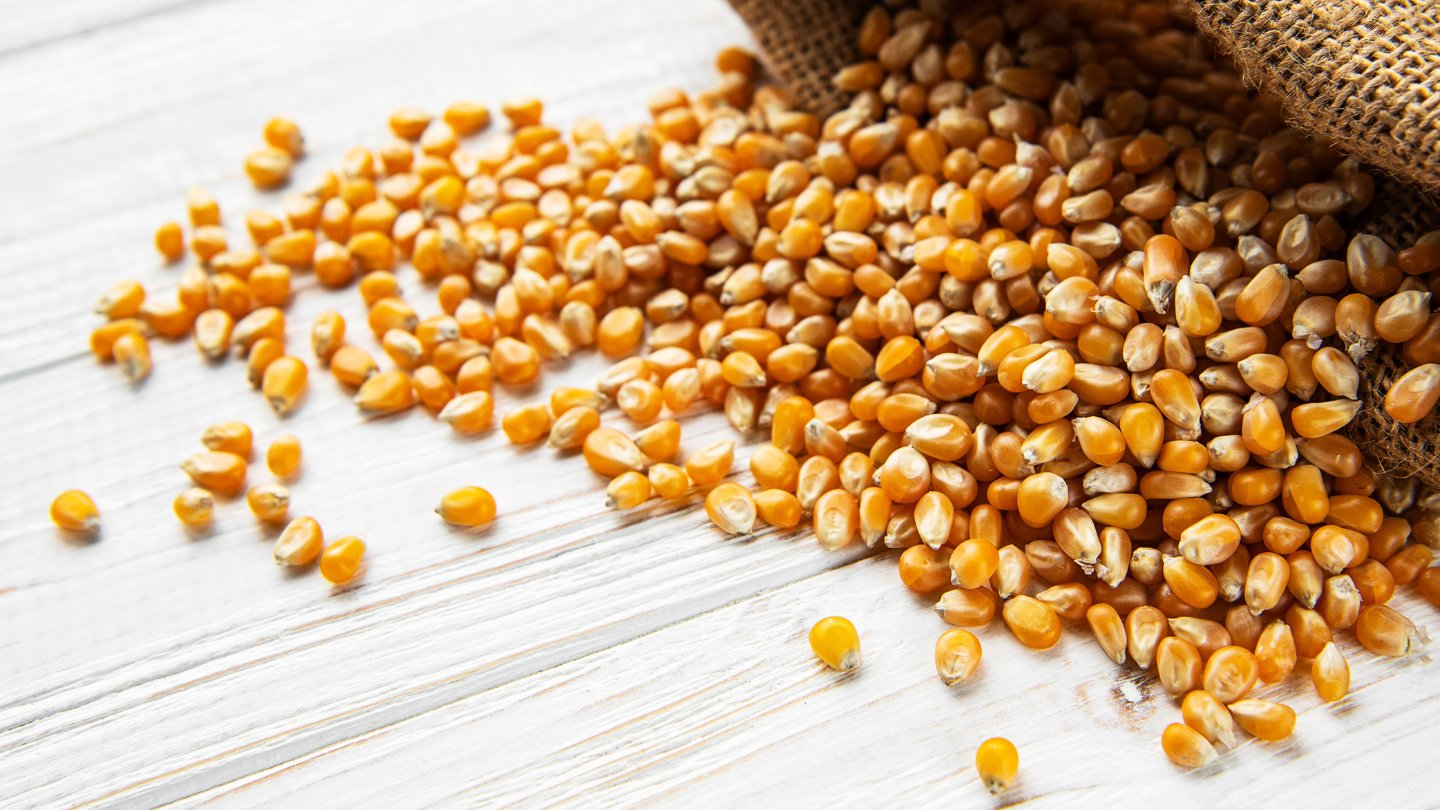
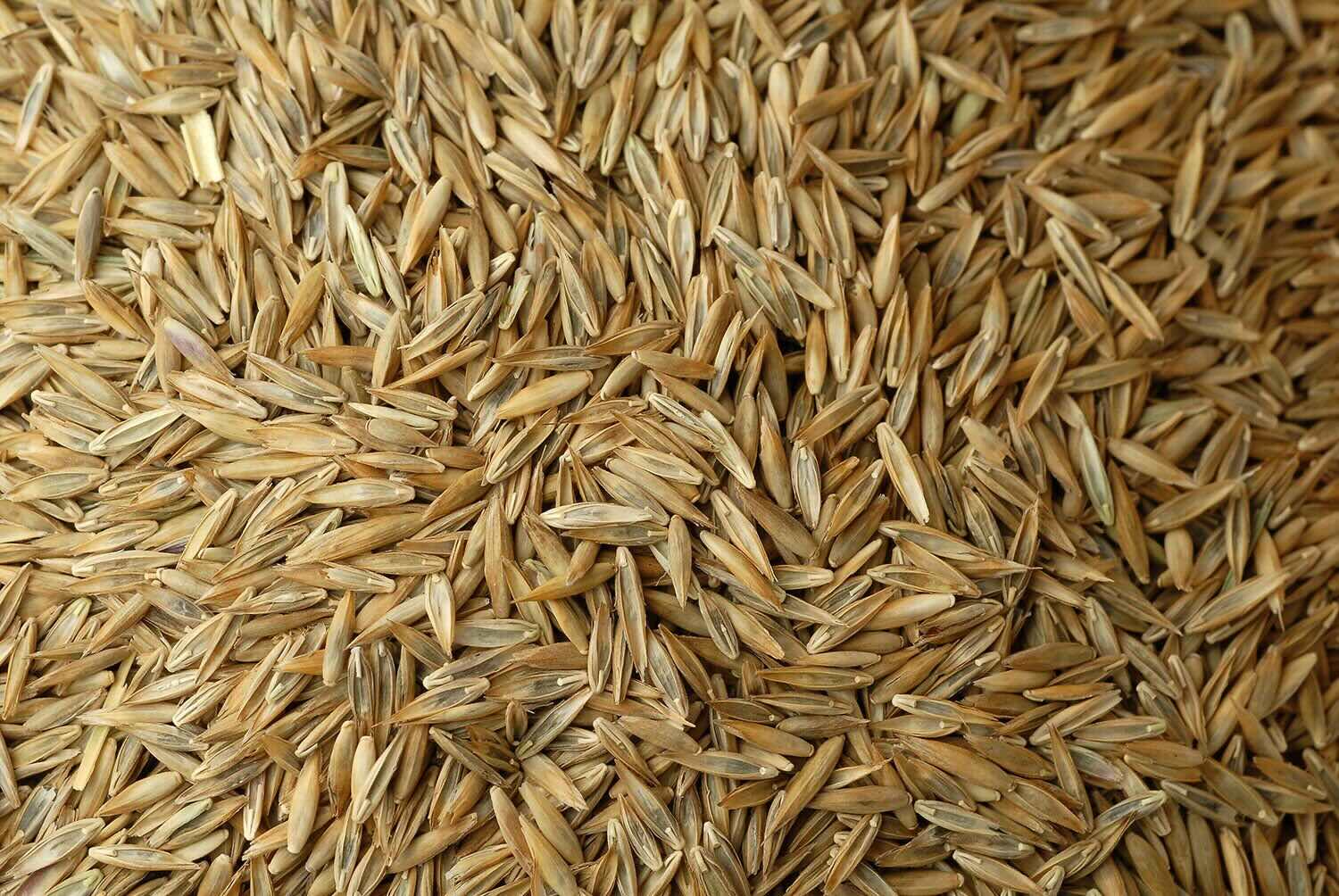

0 thoughts on “How Many Wildflower Seeds Per Acre”